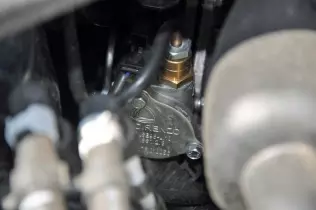- Main page
- Search
- Up to date
- Products
- Technology
- Vehicles
- Video
- Conversion Payback Simulator
Port Injection - Conversion Payback Simulator
Direct Injection - Conversion Payback Simulator
Diesel - Newsletter
Skoda Citigo LPG - two's a company
- Home page
- Up to date
- Reportages, interviews, road tests
- Road tests
- Skoda Citigo LPG - two's a company
« Powrót
 loading results...
loading results... © gazeo.com
© gazeo.com 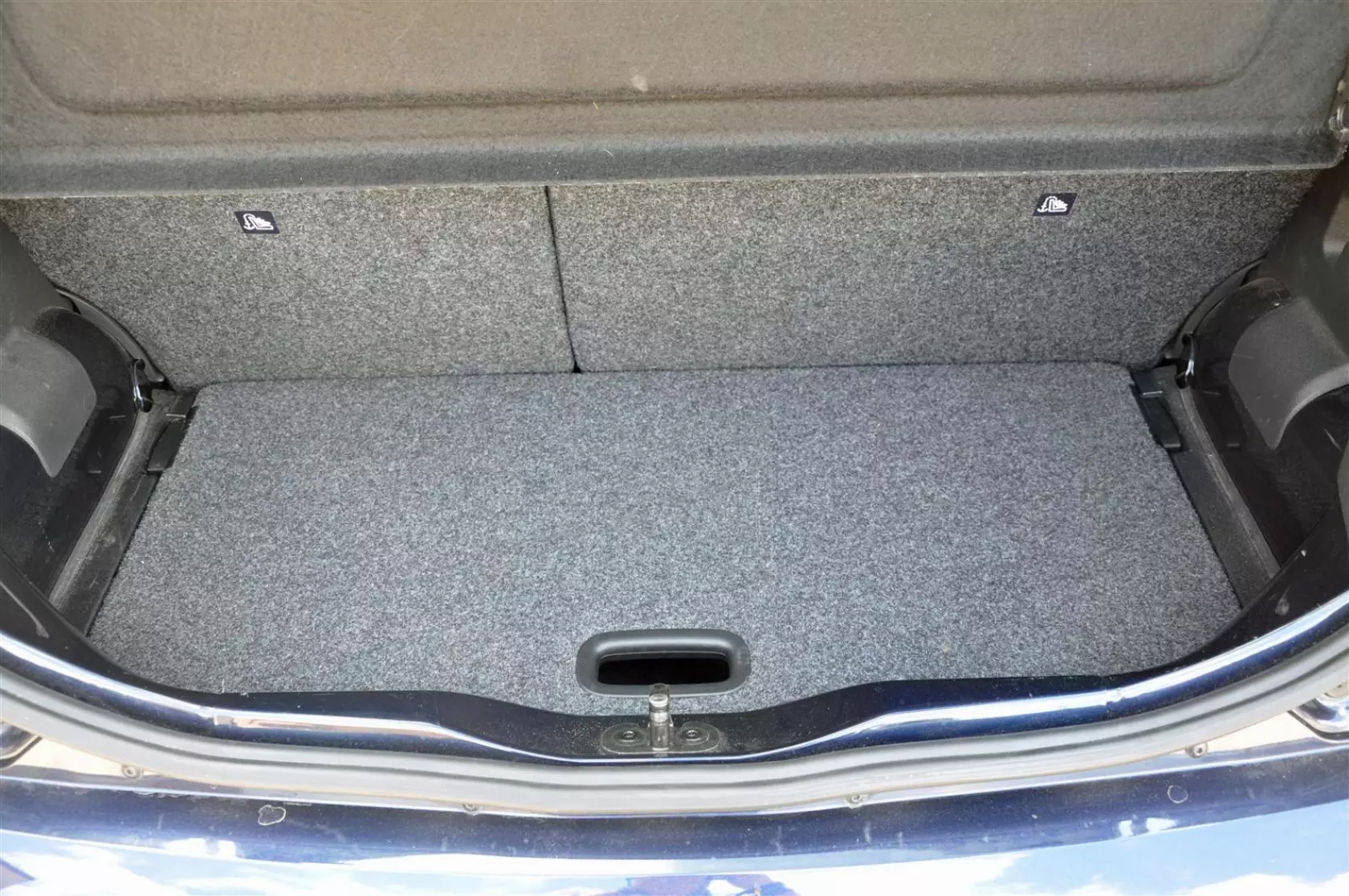 You lift the boot floor to reveal...
You lift the boot floor to reveal... 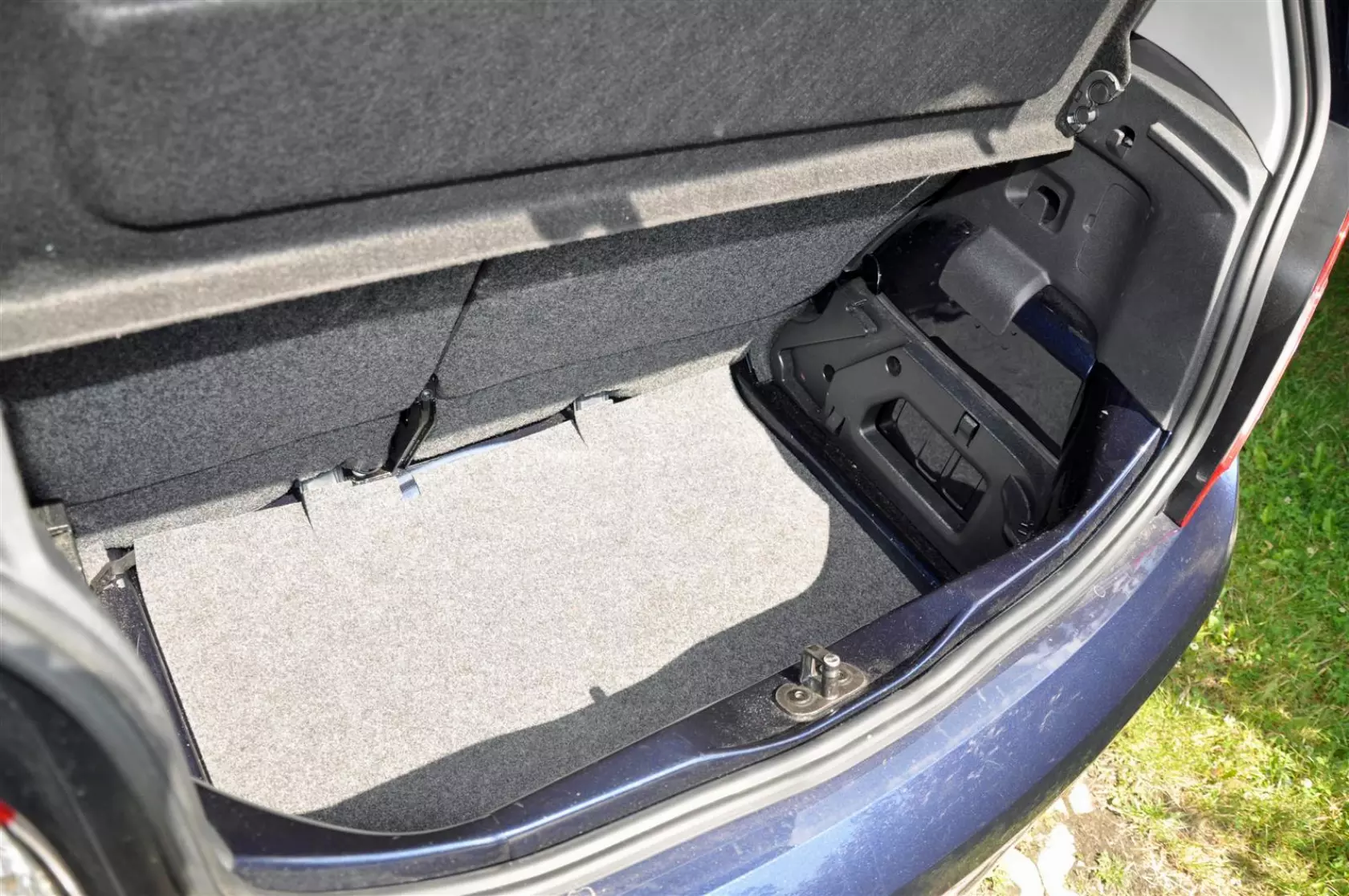 ... more boot floor! The tank is deeper within
... more boot floor! The tank is deeper within 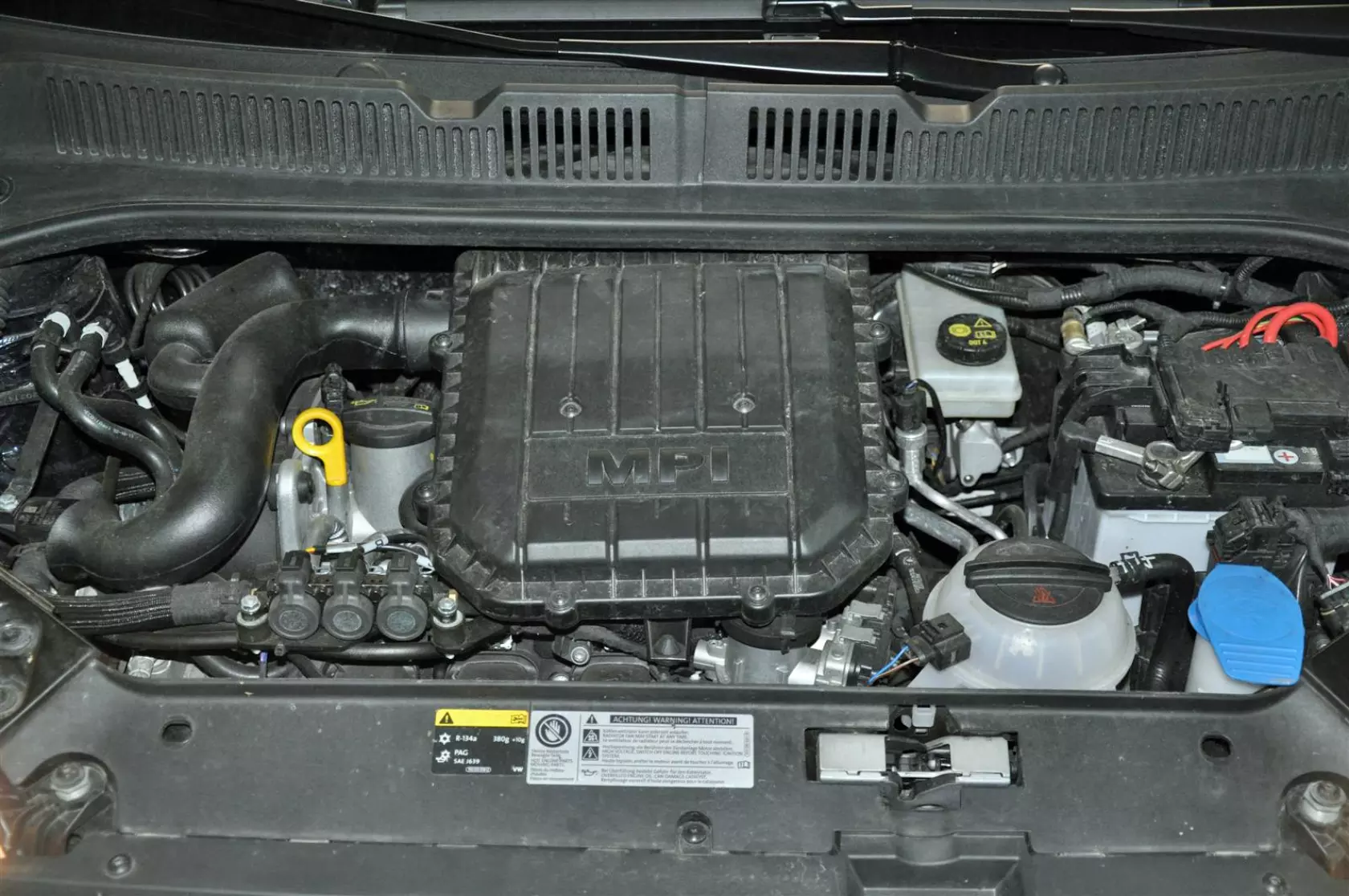 The conversion is neat and properly done. If only the reducer was more accessible...
The conversion is neat and properly done. If only the reducer was more accessible... 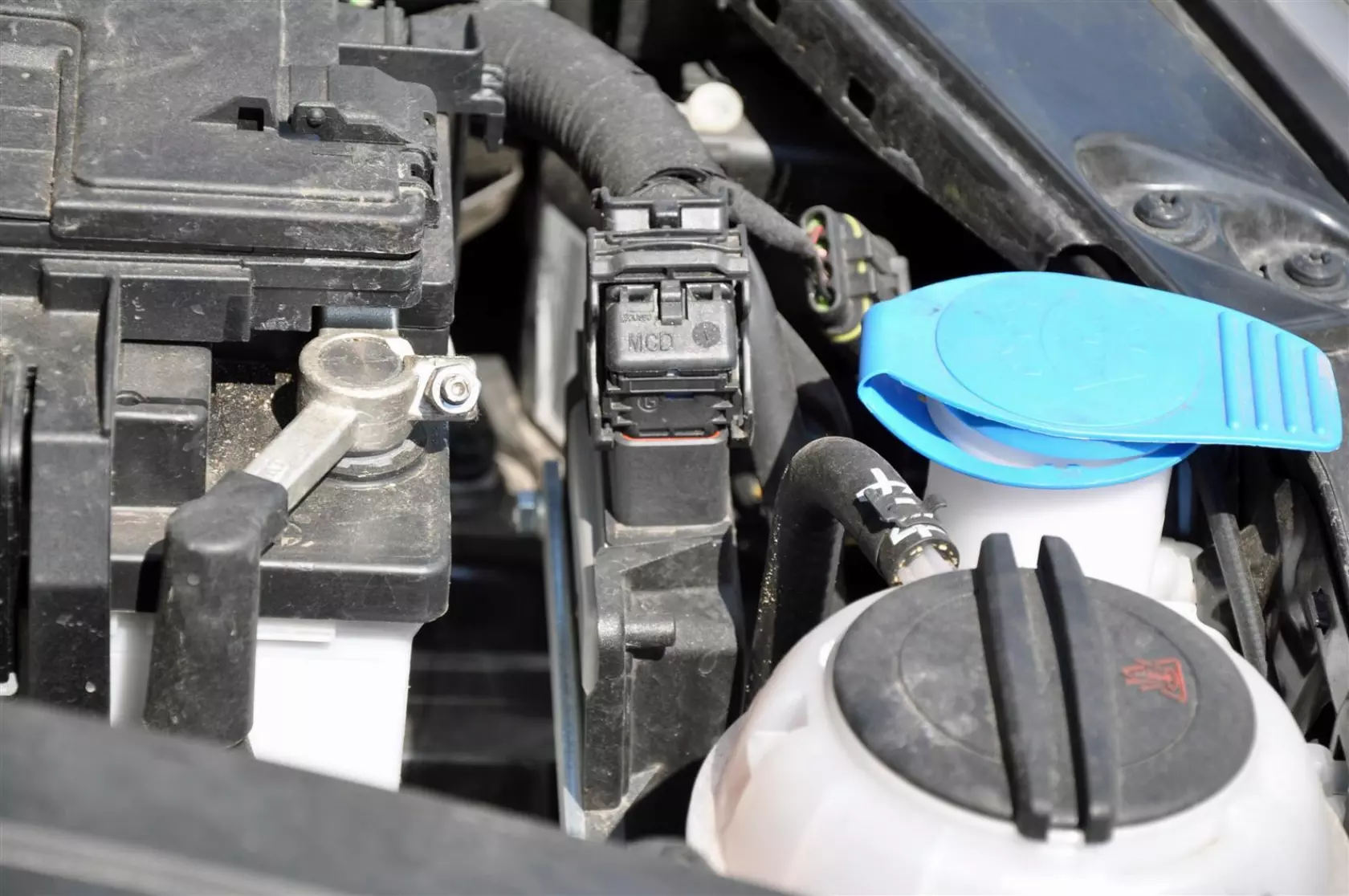 The autogas system's "brain" is efficient and thinks fast
The autogas system's "brain" is efficient and thinks fast 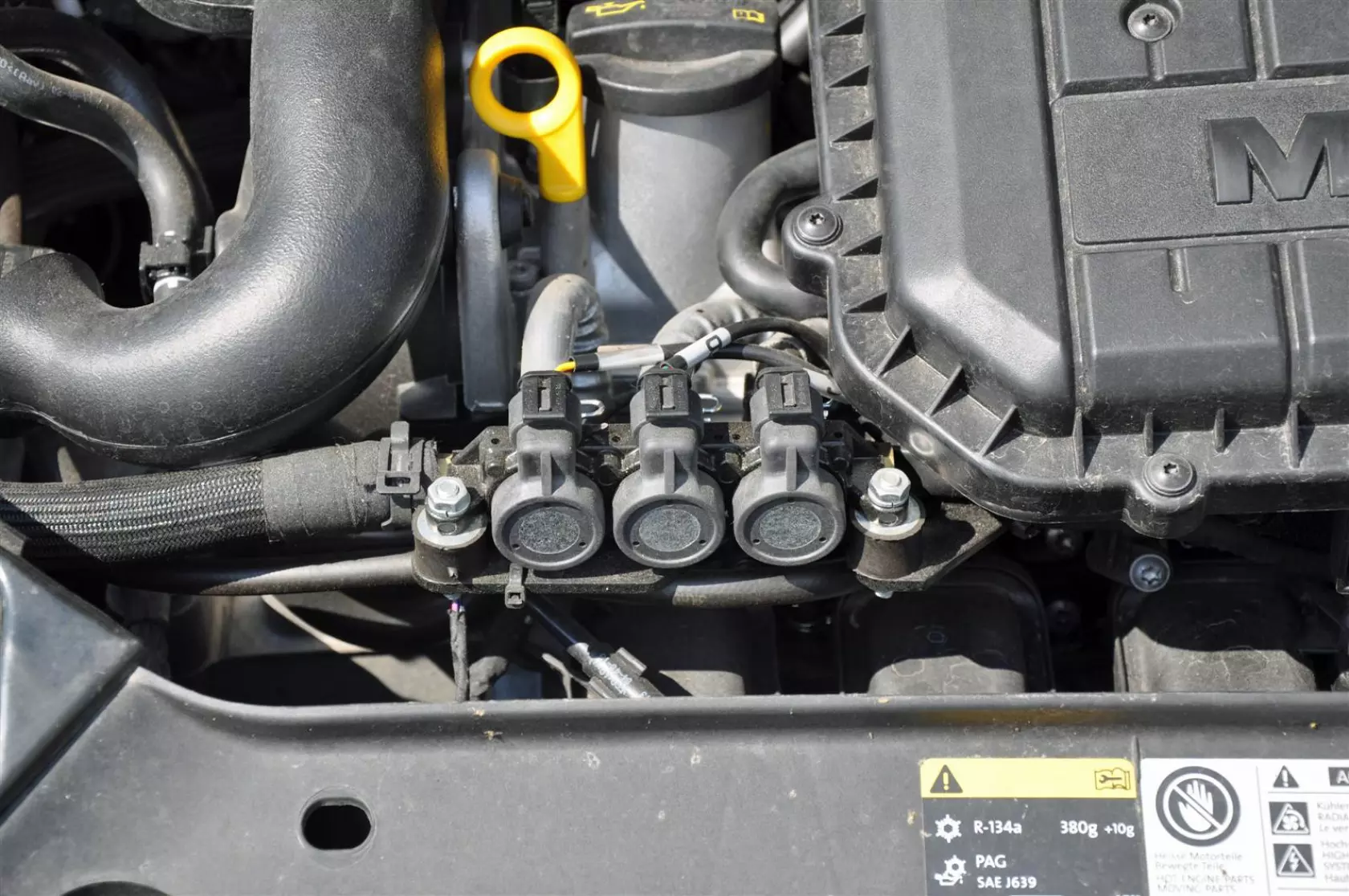 The LPG injectors are efficient, too, especially that beyond 4000 rpm their petrol counterparts take over
The LPG injectors are efficient, too, especially that beyond 4000 rpm their petrol counterparts take over 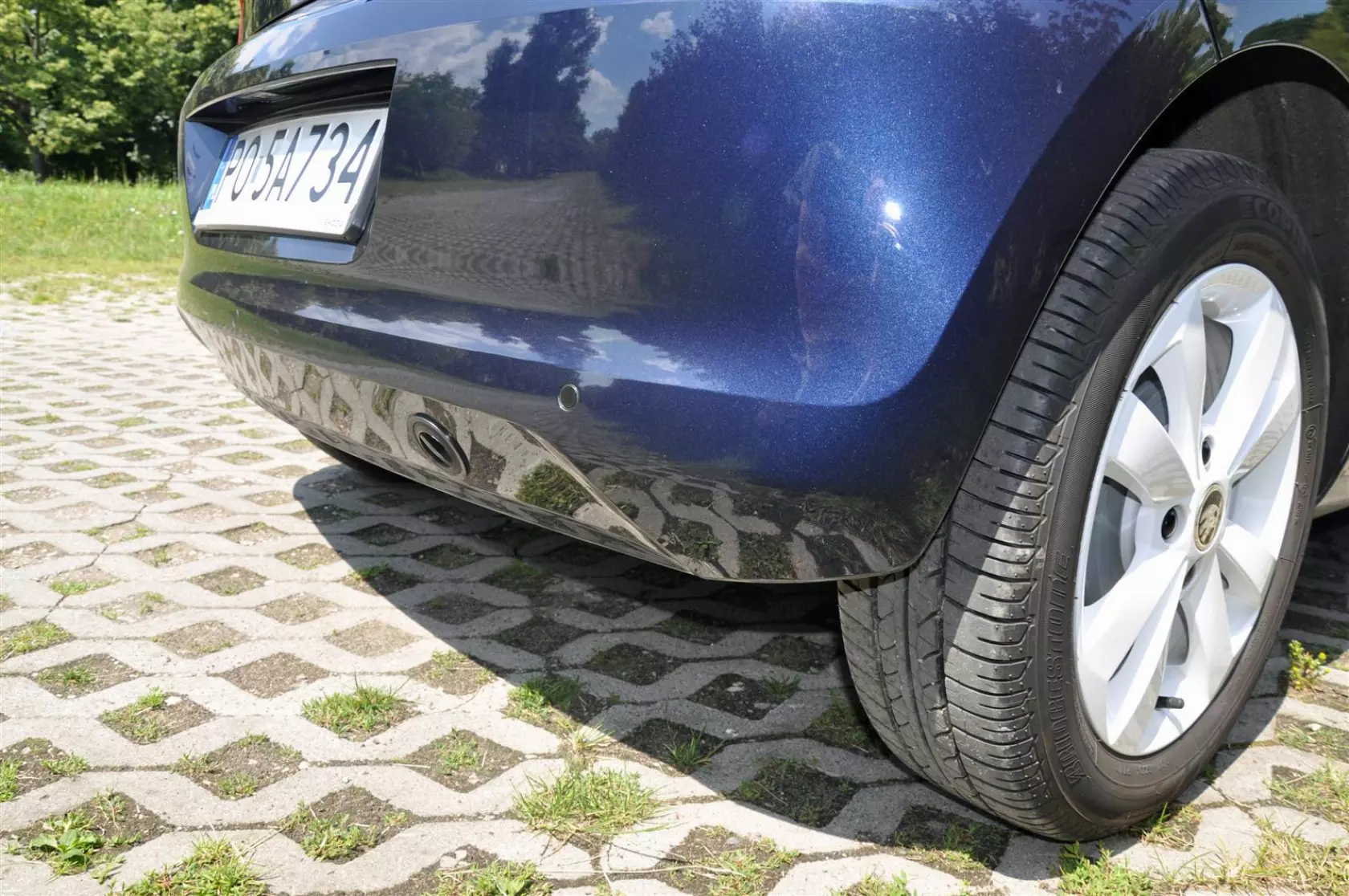 Citigo's prospective buyers don't stand much of a chance to enjoy refueling their cars...
Citigo's prospective buyers don't stand much of a chance to enjoy refueling their cars...  ... since all that's under the petrol filler flap is... the petrol filler!
... since all that's under the petrol filler flap is... the petrol filler! 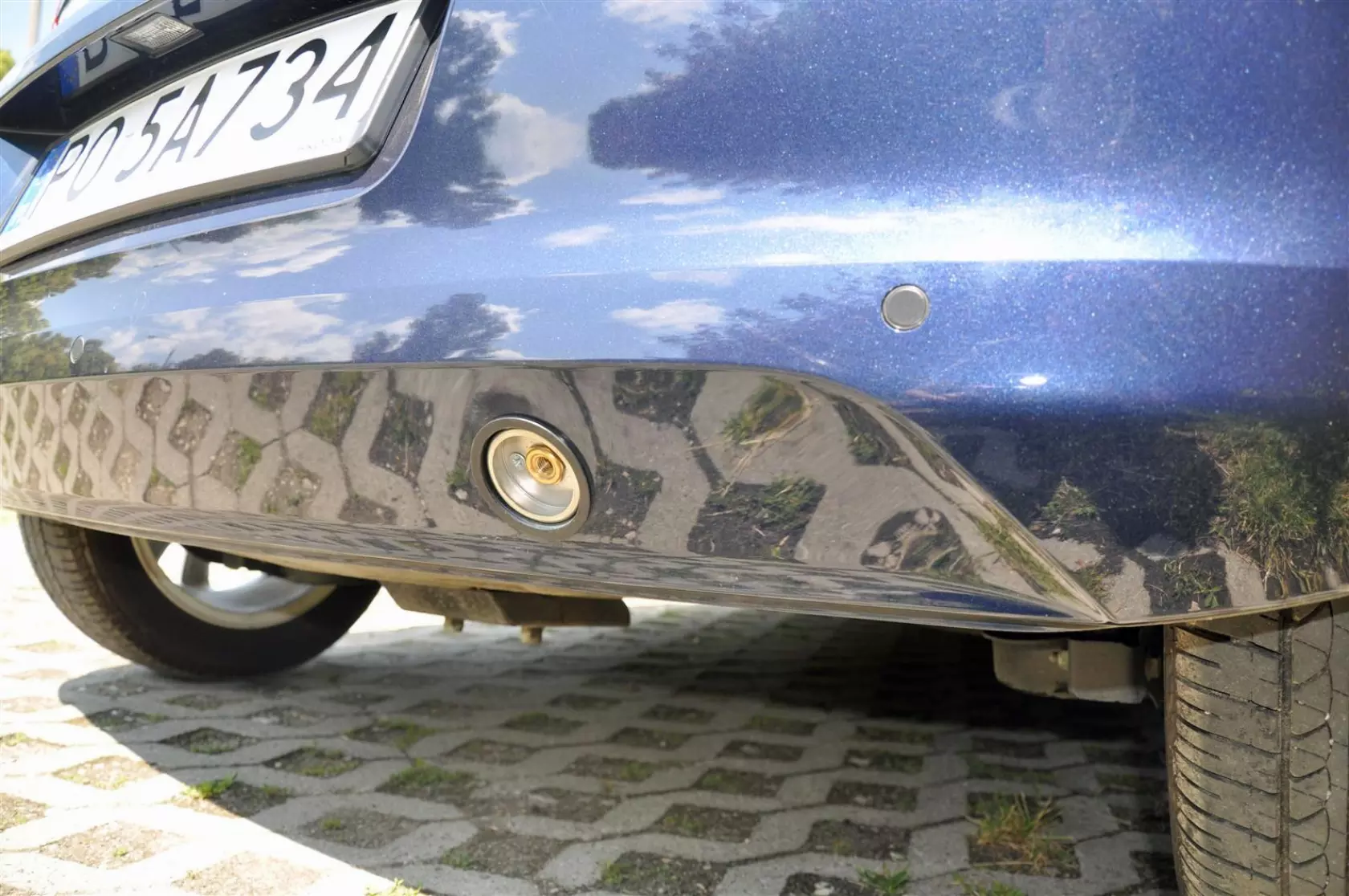 If you lose the cap, the valve will get dirty and the screws will rust away, so be careful
If you lose the cap, the valve will get dirty and the screws will rust away, so be careful 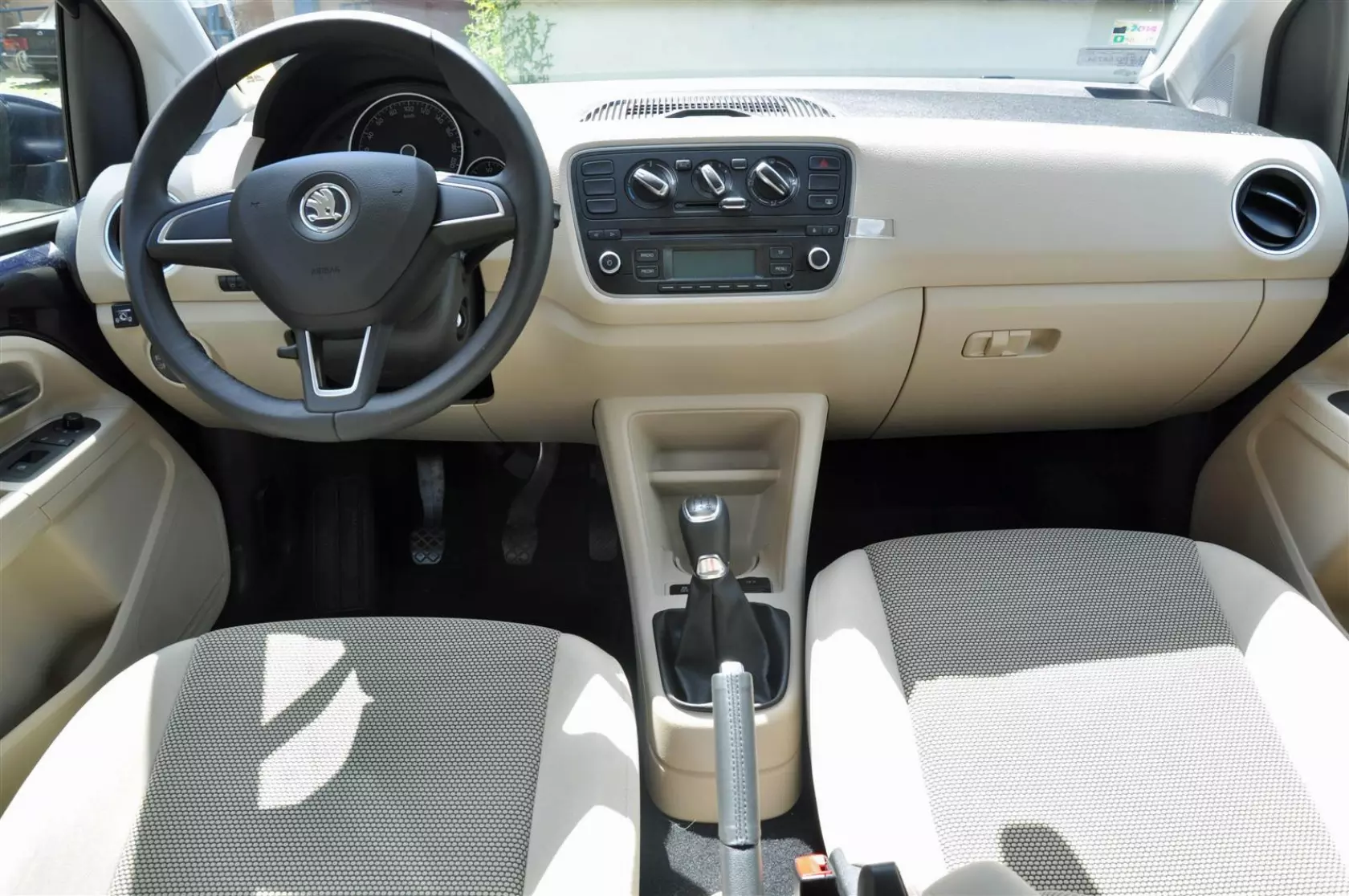 More elegant, but less practical - the Citigo's beige interior
More elegant, but less practical - the Citigo's beige interior 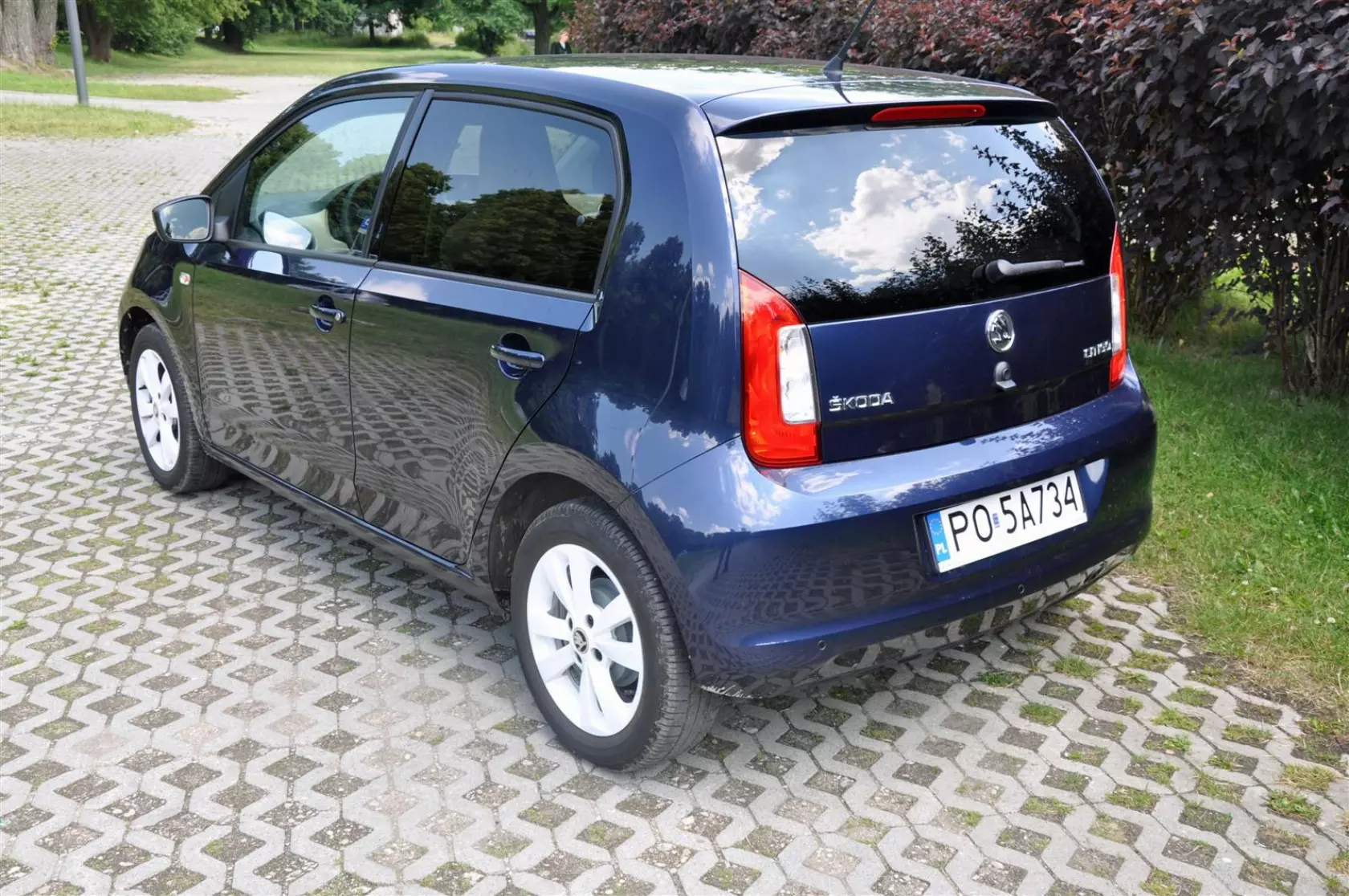 Well, what do you know - given the right paint and accessories, the small Skoda actually has some style
Well, what do you know - given the right paint and accessories, the small Skoda actually has some style 










Insignificant as it may be from the point of view of the autogas system, this time we had the chance to drive the five-door version of the Czech small car. We're saying this purely for the record, since regardless of the number of doors the Citigo always has the same length, so even the LPG lines on the underbody are identical. Yet, as the somewhat trivial saying has it, the things that truly matter are hidden from view. At least until you lift the bonnet, that is, for the centrepiece of the car is its engine. As in the previously tested example, it has three cylinders, one litre of capacity and multipoint port fuel injection, but this time it churns out a staggering 75 PS instead of the regular 60. Now, that's quite something, huh?
However, we wouldn't feel right if we didn't carry out our own power and torque measurements on the dyno. Since we like feeling right, we did run the Citigo on the test bench, especially that the 60 PS variant showed an 8 PS bonus over what Skoda had promised. We expected the power of the 75 PS version to be actually higher, too, and indeed it was – the engine generated precisely 82,3 PS on both petrol and autogas. But if you're about to dance and shout, don't, because maximum power is achieved at above 6400 rpm, which means the engine runs on petrol alone, anyway (from 4000 rpm on, to protect valves and valve seats). Dry your tears, though – with seven extra PS you're bound never to notice a power drop on LPG below the 75 PS threshold promised by Skoda.
The bad news is actually in the torque, which is exactly the same as in the 60 PS version – 95 Nm. Given the car's zip-through-traffic city nature, higher torque would have come in much more handy than higher power, especially that in order to utilise the full power you'd have to actually drive on petrol, buying the 75 PS variant of the teeny tiny Skoda is practically pointless. Unless you feel under pressure to own the most powerful Citigo there is. On the other hand, the extra 15 PS doesn't affect fuel economy (and so the savings from using LPG instead of petrol), so why the hell not? The surcharge over the 60 PS version is 1500 zlotys (approx.360 euros), which translates neatly to 100 zlotys per each additional PS, but then again you'd be better off investing that kind of money into air conditioning, for instance.
If you choose the more powerful variant against your own sound judgment and common sense, you may be surprised to learn that the autogas system used to convert the 75 PS engine is slightly more expensive than the one used on the 60 PS unit. It's 3760 versus 3650 zlotys (ca. 895 vs. 869 euros), so the difference is a mere 110 zlotys (some 26 euros), but since the Landi Renzo-developed system is perfectly identical and features exactly the same components (Omegas Evo ECU, LI 10 reducer capable of supplying engines with up to 190 PS, EVO-A injector rail plus a Stako toroidal tank), it seems the price is higher just for the sake of it. Since you have to pay for the engine's extra power, you shouldn't be forced to pay a single penny more for the LPG system used to convert it if it's just the same as the system on the less powerful unit.
Zobacz stronę producenta:
LandiRenzo
that an LPG system consists of. Find out more
on page two, including our final verdict.
Left: 50%
You may also find these interesting:
 loading results...
loading results...


